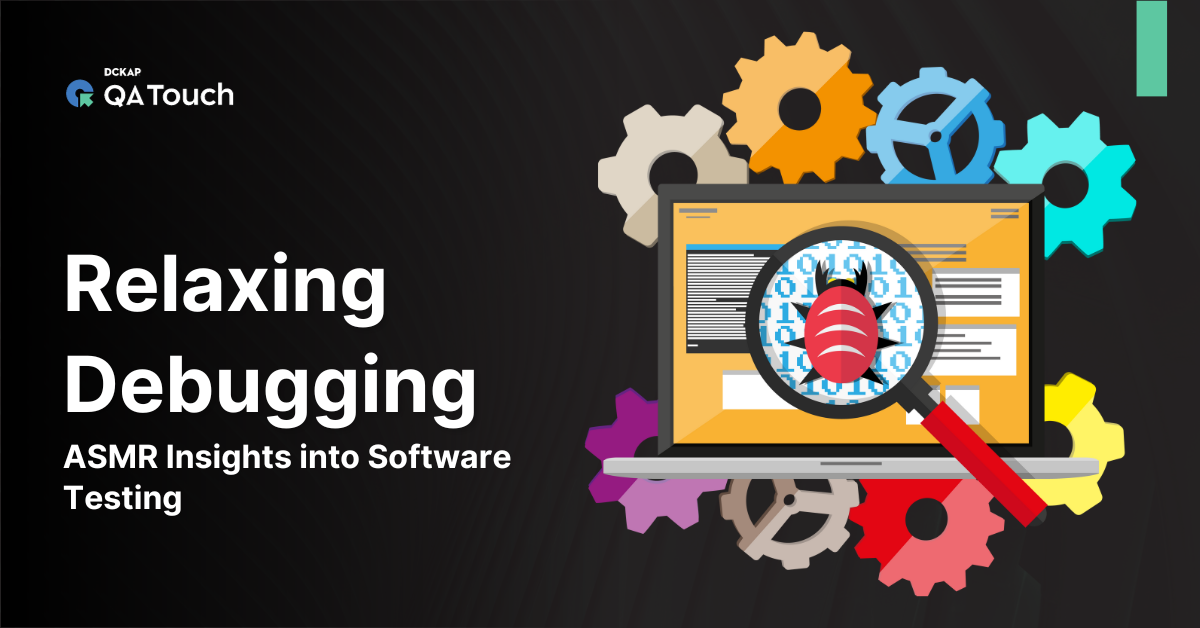All sectors are now focused on generating and providing the finest quality outcomes to their consumers and markets, and the software development sector is no exception. To achieve this, productive software testing is all that is necessary since it is the key component to achieving targets.
Unit testing, API testing, sanity testing, smoke testing, integration testing, functional and non-functional testing, and so on are all methods for testing software. Among all of the methods stated, smoke testing is the most important in its own right, and this blog is dedicated to it, covering many aspects of this methodology.
What is Smoke Testing?
Smoke Testing is one type of software testing that analyses whether or not the released software build is stable. Smoke testing confirms that the QA team can move forward with further software testing. It is made up of a small number of tests that are run on each build to test program functionality. Smoke testing is also known as “Confidence Testing” or “Build Verification Testing.”
Smoke tests imply that the essential features are operational and that there are no show-stoppers in the build that is being tested. It is a quick regression test of significant functionality. It is a basic test that indicates whether or not the product is ready for testing. This helps assess whether the build is flawed enough that further testing would waste resources and time.
Why Do We Perform Smoke Testing?
Smoke testing is essential in software development since it confirms the system’s accuracy early on. This would save us time and effort. As a result, smoke tests return the system to its original state. We will commence functional testing only after we have finished smoke testing.

- Smoke testing will be utilized to find all of the release’s glaring errors.
- Smoke testing is performed once the build has been submitted to QA.
- The bulk of errors is detected via smoke testing during the early stages of software development.
- Smoke testing simplifies the detection and correction of serious flaws.
- The QA team can utilize smoke testing to discover flaws in application functioning that the new code may have brought.
- The most critical issues are discovered through smoke testing.
When Do We Do Smoke Testing?
When new software functionalities are built and integrated with an existing build in the QA/staging environment, smoke testing is performed. It verifies whether or not all critical functions are operating correctly.
Using this testing approach, the developer team passes the build to QA. Subsets of test cases are run by testers on the build. The QA team validates the program against critical functionality. This set of test cases is intended to reveal flaws in the build. If these tests pass, the QA team moves on to Functional Testing.
Any failure signifies that the system must be returned to the development team. Smoke Testing is performed when there is a variation in the build to assure stability.
How To Do Smoke Testing?
Smoke testing is often performed manually, while automation is an option. It may differ from one organization to another.
Manual Smoke Testing
Smoke testing is often done manually. Smoke testing is usually performed to check that key path navigation is as expected and does not interfere with functionality. Once the build is released to QA, high-priority functionality test cases must be taken and tested to identify severe system flaws. The functional testing is continued if the test is successful. If the test fails, the build is rejected and returned to the development team for improvement. QA begins smoke testing again with a new build version. Smoke testing is carried out on new builds and will be integrated with older builds to ensure the system’s correctness. Before performing smoke testing, the QA team should ensure that the correct build versions are used.
Automation smoke testing
Regression testing is carried out using automation. You can also use a set of automated test cases to test Smoke Test. Developers can use automated tests to check the build instantly whenever a new build is ready for release.
Instead of manually repeating tests whenever a new software build is deployed, recorded smoke test cases are run against the build. It checks to see if the major functions are still operational. If the test fails, they can instantly correct the build and redeploy it. This allows us to save time while ensuring a high-quality build for the QA environment.
All manual steps performed in the software build are recorded using an automated tool by the test engineer.
Hybrid Smoke Testing
The hybrid testing approach incorporates the best features of the above two techniques (manual and automated tests). It involves using some automation in the smoke testing process while also depending on manual human labor to test the software.
This sort of testing has an advantage over the others in that it combines the benefits of both. A development team that uses hybrid smoke testing may assure that both human and automated testers can attest to the validity of their builds.
Conclusion
Smoke testing should be performed on every build without fail in software engineering as it helps in the early detection of bugs. The final step before the software build reaches the system stage is the smoke test activity. Each software build that is ready for testing must undergo smoke testing. This refers to new development as well as both major and minor system releases.
Before executing smoke testing, the QA team must check that the application under test is in the correct build version. It is a simple technique that takes little time to assess the app’s stability.
Smoke tests can reduce test effort while improving application quality. Depending on the customer and the business, smoke testing can be performed manually or by automation.











